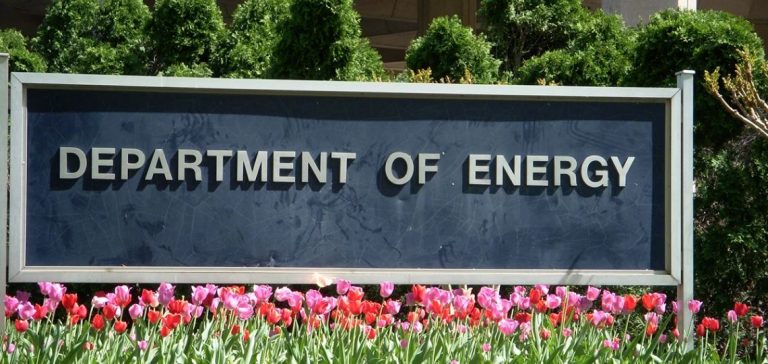The US Department of Energy (US DOE) has released the first update of its “Pathways to Commercial Liftoff – Advanced Nuclear” report. Initially launched to guide public and private sector investors in understanding advanced energy technologies, the report emphasizes the potential of nuclear energy to meet the growing electricity needs while supporting the energy transition.
The report highlights a significant shift in nuclear energy perception, especially after decades of stagnation and reactor closures. In 2022, several nuclear plants were on the verge of being decommissioned. However, by 2024, the context has changed: operators are now extending reactor lifespans to 80 years, planning capacity increases, and even reactivating closed plants.
—
Significant demand growth and challenges to overcome
One of the main drivers of this renewed interest is the rapid increase in electricity demand, primarily due to the needs of data centers and technologies related to artificial intelligence. According to the report, this increased demand is particularly focused on “zero-carbon” power that is continuously available.
To achieve commercial liftoff, the report recommends ordering 5 to 10 reactors of a single design. This standardization would reduce costs through economies of scale and progressive learning. However, the initial cost of these projects remains a significant hurdle. The report suggests risk-sharing between private stakeholders and the government to facilitate new plant developments.
—
Cost reduction through integration and innovation
One of the primary barriers to constructing new reactors is the lack of appropriate infrastructure for delivering complex projects. The report points out that the Integrated Project Delivery model could reduce cost overruns. Additionally, funding research on constructability could improve budget predictability and delivery timelines.
Large reactors remain attractive due to their economies of scale: the cost per MWh produced at multi-reactor sites is 30% lower compared to single-reactor installations. However, small modular reactors (SMR) and microreactors could better fit limited sites or specific industrial applications.
—
Next-generation reactors: a differentiated solution
Small reactors, such as SMRs and microreactors, could play a key role in modernizing the US energy landscape. While more expensive in terms of MWh, SMRs offer advantages in modularity and reduced overall project costs. They could replace aging coal plants or provide energy for industrial processes.
As for microreactors, their compactness and transportability make them suitable for specific applications. However, to reach commercial maturity, these technologies require an order book of at least 30 to 50 reactors.
—
Lessons learned from the Vogtle experience
The recently commissioned Vogtle Units 3 and 4 AP1000 reactors represent a major milestone for the US nuclear industry. They are the first reactors constructed in the US in more than 30 years. Although the cost of these projects is controversial, the report notes that the mistakes made should not be repeated for future constructions.
To achieve large-scale commercialization, reducing costs and meeting delivery deadlines will be crucial. The report suggests that Vogtle offers valuable lessons for upcoming deployments, with a focus on improving the management of large projects.
—
The role of nuclear energy in decarbonization
The “Pathways to Commercial Liftoff” report emphasizes the role of nuclear energy in decarbonizing the US power grid. Nuclear power can provide continuous energy, support renewable energy sources, and create high-quality jobs while boosting local economies. It is a key player in achieving carbon reduction targets while ensuring the security and reliability of energy supply.
Stakeholders, including the government, investors, and regulators, must collaborate to remove remaining obstacles and enable the nuclear industry to reach its full commercial potential.






















